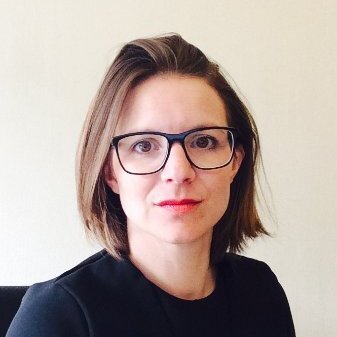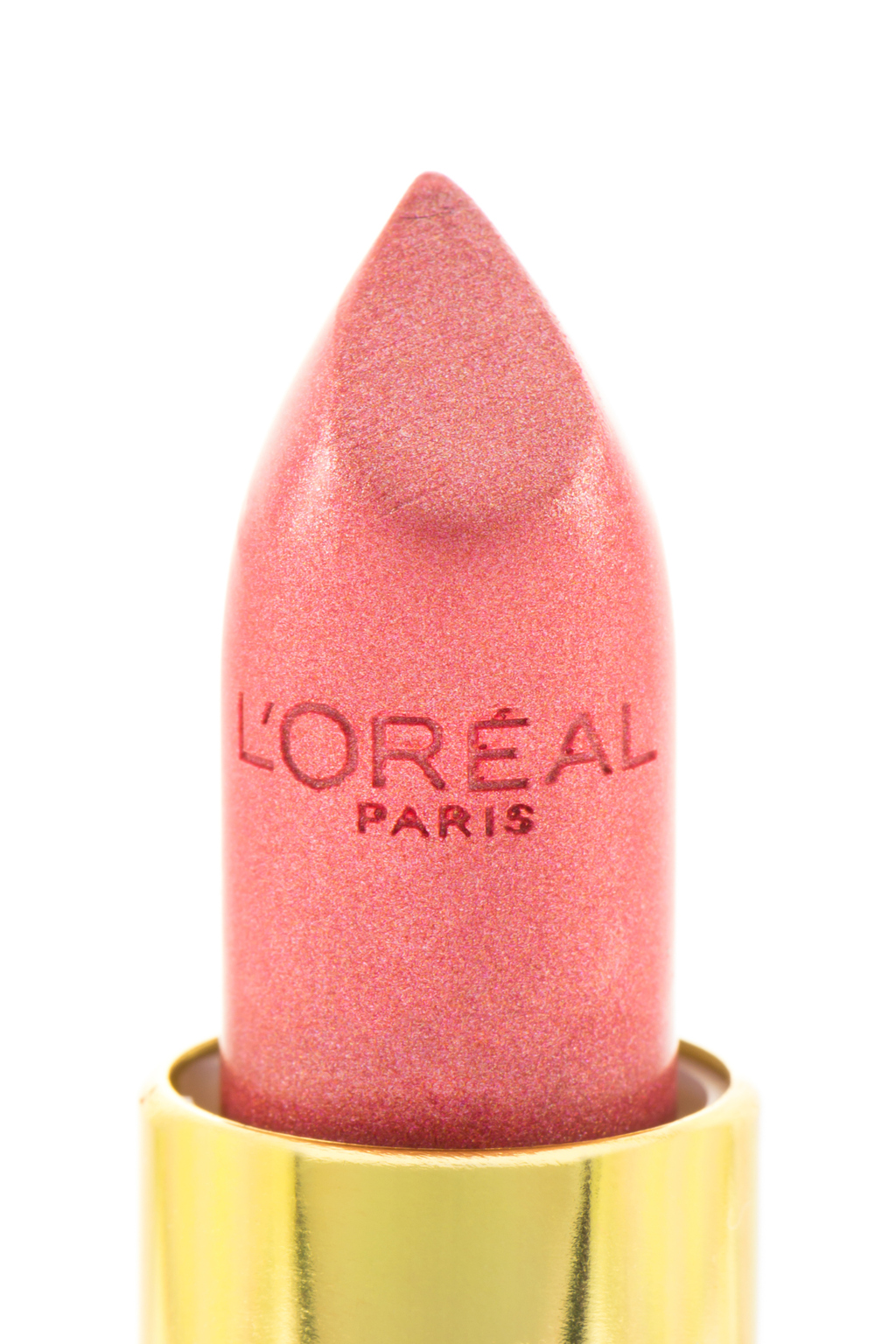L’Oréal is the world leader in the beauty industry. With 32 brands in 130 countries, it covers the whole cosmetics sector, from lipsticks to perfumes and dermatology.
Organized into four divisions – consumer products, luxury products, professional products and active cosmetics – L’Oréal is a pioneer in both beauty and the digital world.
The company began its digital transformation before the expression was in vogue, in 2010 to be precise, and today, digital is at the heart of its business.
Innovation is never easy, especially in the current context, where ecosystems, rules of communication and trends are changing constantly. We live in the consumer age: agility and a resolutely customer-directed focus are vital conditions for success for modern businesses, regardless of their size.
“Digital changes lots of things. We have to adapt and reach out to consumers so that they discover, desire and eventually buy our products,” says Lubomira Rochet – CDO at L’Oréal.
L’Oréal quickly understood that social media represented an unparalleled opportunity to widen and deepen its knowledge of its customers, however diverse they may be.
Never before have companies had so much access to a public source of spontaneous information, capable of informing economic intelligence and strategy.
“Social allows us to refocus our actions on the present moment, tracking and adapting in real time to continuously improve the link with our consumers,” says Adrienne Rostaing, Market Insights & Data Manager at L’Oréal.

At Brandwatch, we are convinced that our success is closely interlinked with that of our clients. That is why we’ve invested heavily in our Customer Success programme. This programme aims to support our clients in integrating social intelligence across their organizations to make them more customer-centric and help them use data from the social web to inform their strategic decisions.
Our mission aims to ensure that our clients are able to draw maximum value from our solutions, generate tangible ROI and establish a relationship of mutual trust.
As part of our Customer Success programme, Adrienne experienced a week immersed in the Brandwatch office in late 2016.
“The whole Brandwatch structure is oriented towards clients’ needs, and everyone is keen to understand the client’s point of view. The induction really helped with understanding the full potential of the tool, which in return helps explain exactly how it can meet the needs of the different in-house teams.”
Adrienne Rostaing – L’Oréal, Market Insights & Data Manager.
Following Adrienne’s time at Brandwatch, we interviewed her to find out how social data can be implemented, deployed and used efficiently in a group with over 83,000 employees.
Hello Adrienne! Can you describe your role at L’Oréal?
My background is in market research. I began my career working on consumer marketing surveys at the IPSOS research institute, before moving to the advertising side as a Business Analyst for Coca-Cola and then joining L’Oréal in 2010.
I have been responsible for developing the social media intelligence programme within L’Oréal’s Professional Products Division, transforming marketing approaches based on data and listening to consumers to evolve the business.

Can you describe the structure of your team? Who uses Brandwatch and how?
I am part of the division’s consumer insights department at an international level, and I am functionally associated with the digital team led by Lubomira Rochet, our Chief Digital Officer.
My role is fairly interdisciplinary. I work with various teams, raising awareness and providing training for teams whose work involves using Brandwatch Analytics, such as marketing and the digital communications department.
What made L’Oréal invest in social media intelligence?
Companies are well aware that they need to adapt the ways they work to their environment, and especially new consumer expectations and behaviours. L’Oréal understood this very quickly. Senior management at L’oreal were quickly onboard.
The very wide scope of the possibilities offered by social media intelligence was more of a challenge. Our thinking focused on the scale of the programmes we could develop and the procedures.
For L’Oréal’s Professional Products Division, we opted for a “test & learn” approach. Our goal is to understand, thoroughly, the added value of social media intelligence at all stages of the customer relationship in order to apply it to the activities where we think it will have the most the business impact.
Another important point for us is to integrate the approach into our existing ecosystem – we don’t want to duplicate effort or add extra complexity; quite the opposite, in fact.
What are the biggest challenges you face using social media today?
The main challenge is to keep the pace, developing and maintaining agility in our operations.
With an organisation the size of L’Oréal, the challenge is to reconcile the speed and innovation that characterise digital ecosystems with the massive size of the business.



